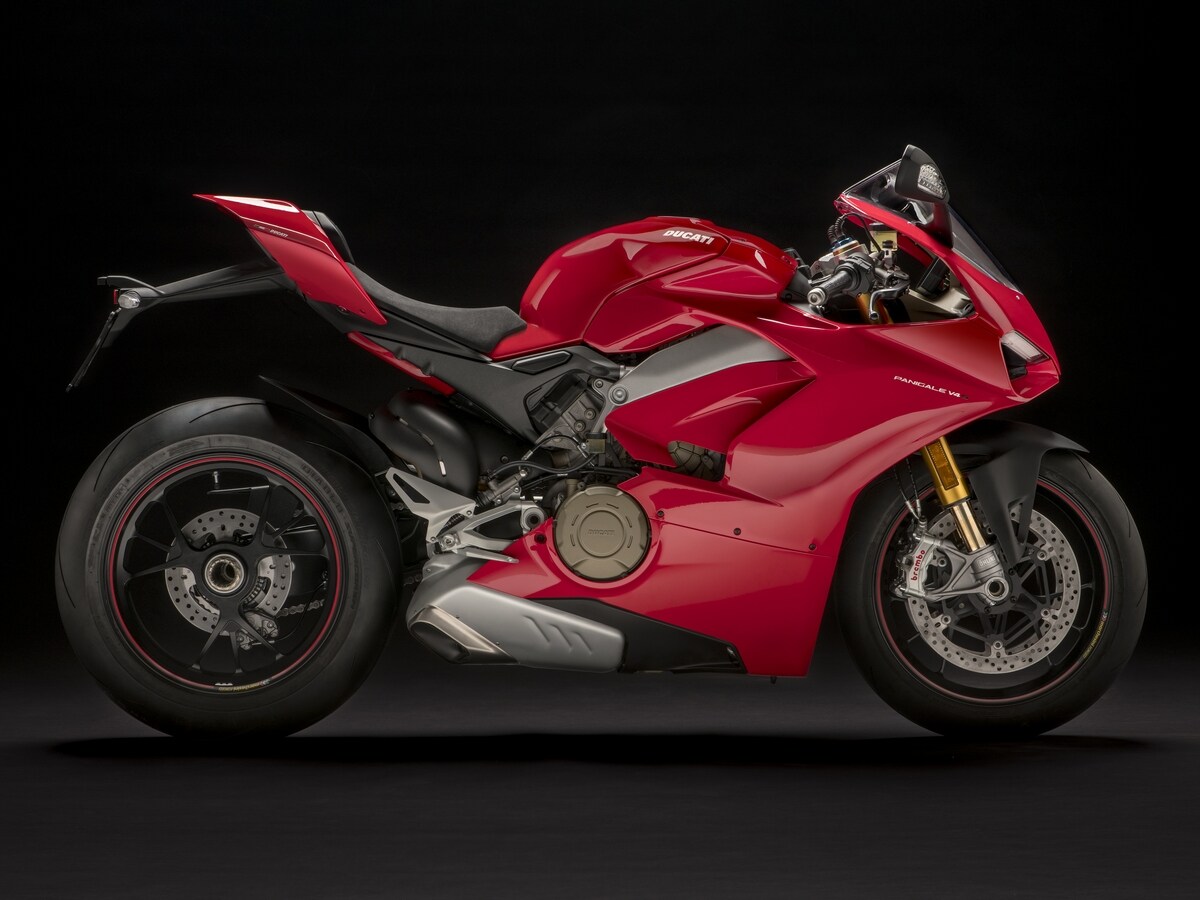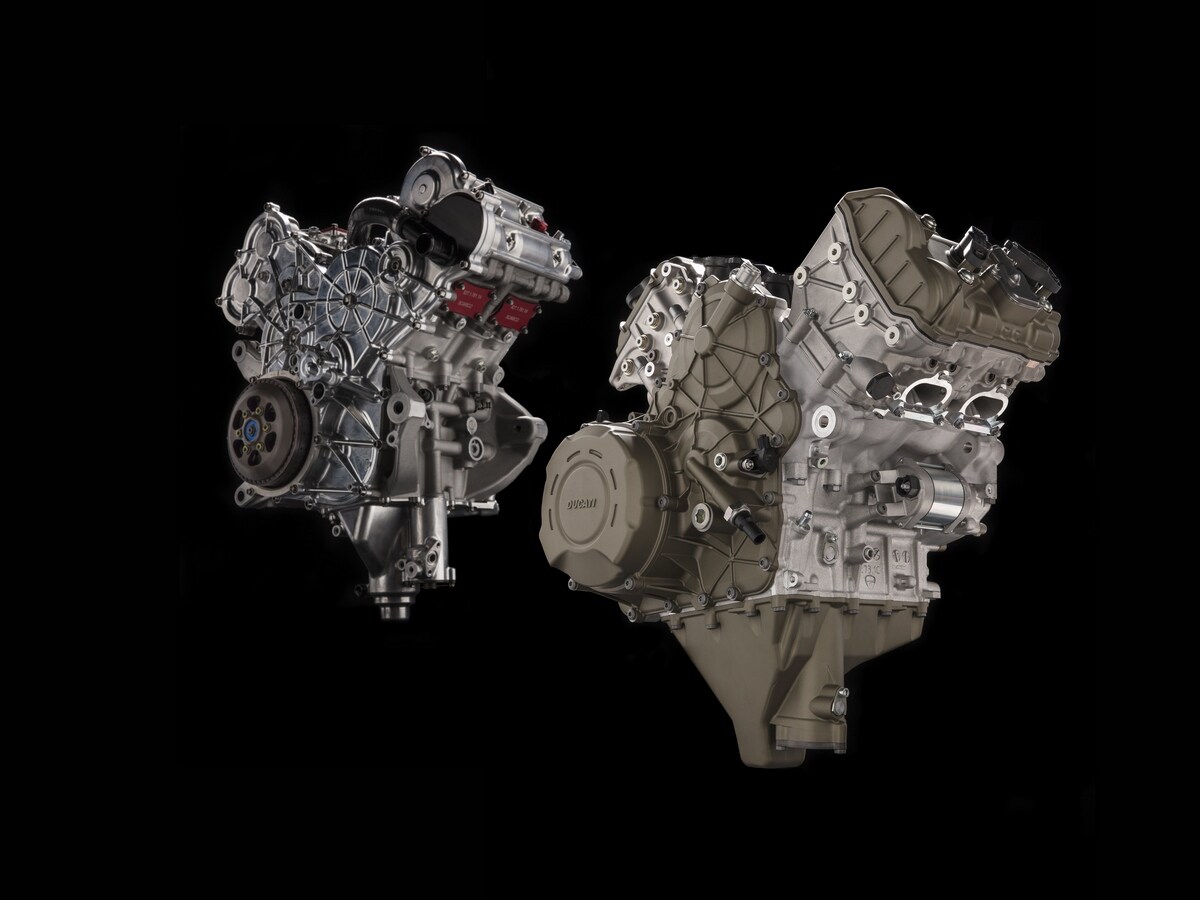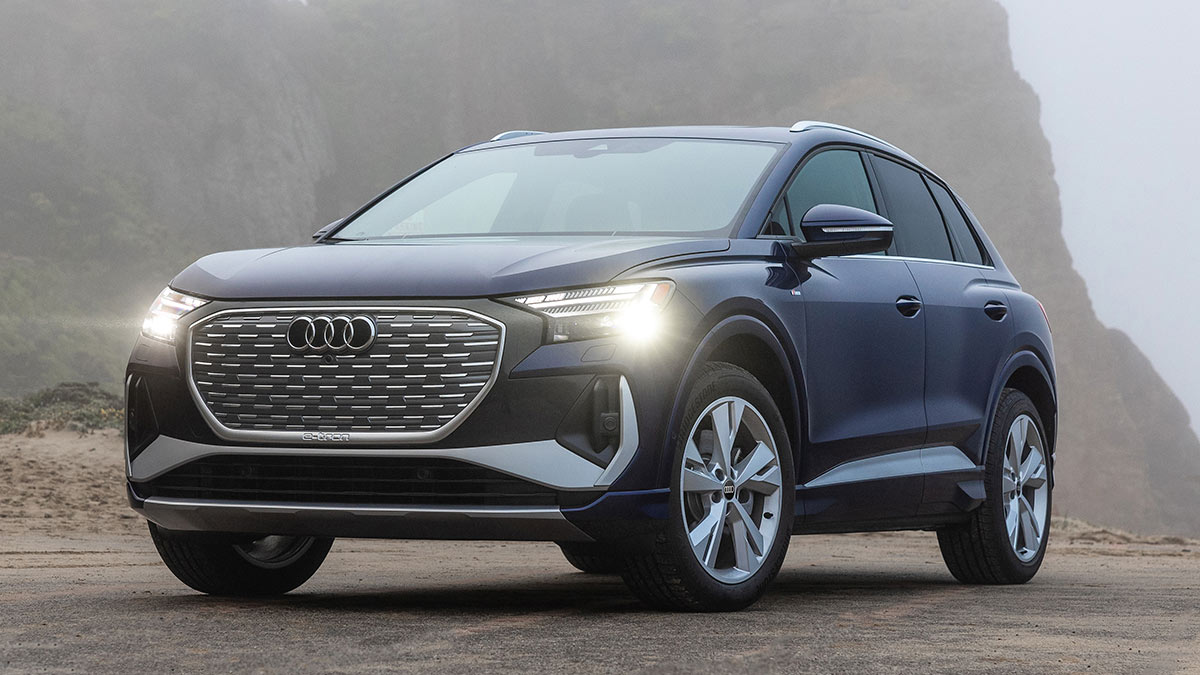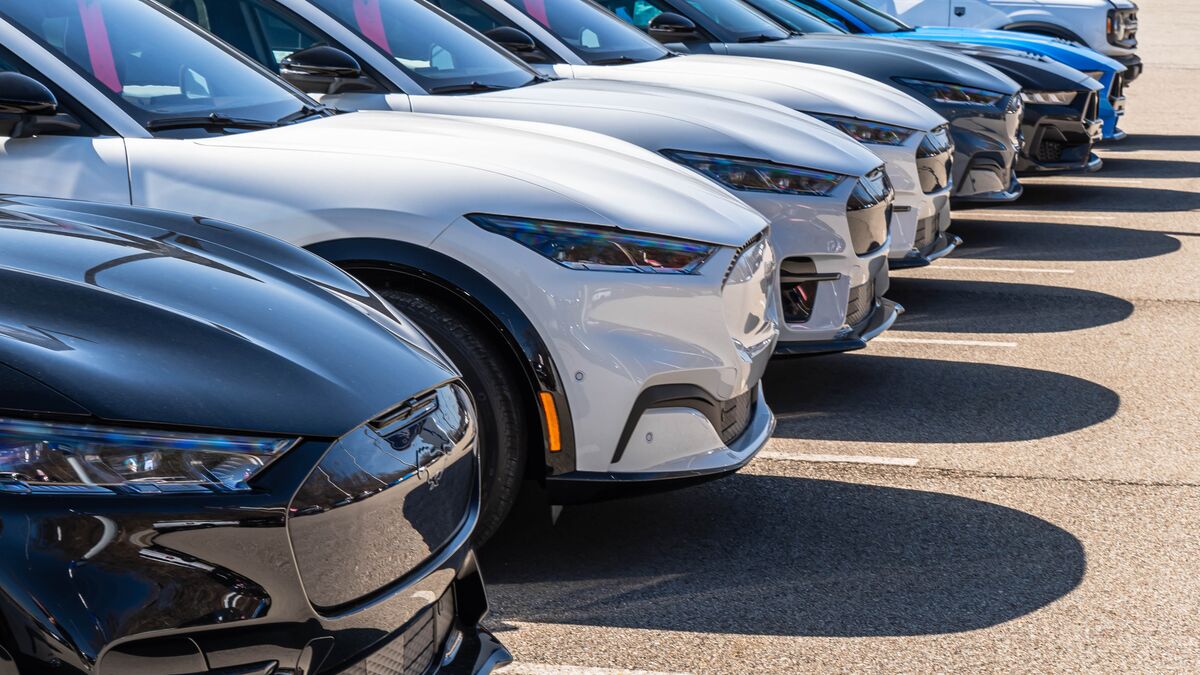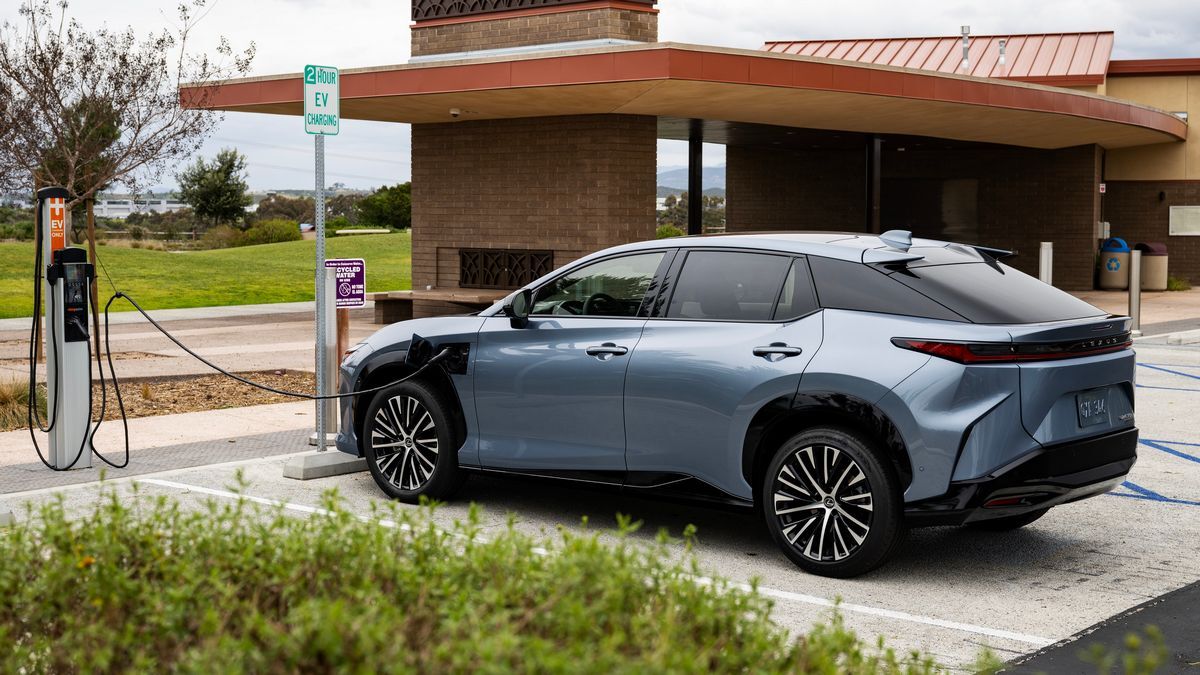As radical departures go, none of 2018’s revisions is more dramatic than Ducati’s abandoning of its iconic V-twin in favor of four cylinders to power its superbikes. Oh, those two extra pistons are still arranged in a 90-degree vee, but every big Duke sportbike since Paul Smart’s famed victory at the 1972 Imola 200 has followed the same format: Two big pistons arranged in an L-twin format with Desmodromic valve actuation to help spin the big beasts to ever higher rpm.
The power of MotoGP
One supposes the leap to four cylinders was inevitable. Certainly, there were signs, most notably the Desmosedici RR of 2008. But that was a pure MotoGP replica that sold for stupid money and, while the new Desmosedici Stradale engine is certainly MotoGP-derived, the Panigale V4’s pricing — more in line with current Ducati production superbikes — dictates that some of the GP17’s unobtanium does not make it to the street bike.
Definitely MotoGP based
That doesn’t mean it’s a less technically fit motorcycle. Its basic architecture, for instance, is the same as the MotoGP engine — generally acknowledged, by the way, as the most powerful in motorcycle roadracing — a 90-degree V4 rotated backward by 42 degrees for a very compact unit. By maintaining the company’s traditional 90 degrees between cylinder banks, Ducati doesn’t need a vibration-quelling counterbalancing shaft, which helps speed the climb to its projected 14,000 rpm redline. And, just so you know that most of the MotoGP technology really is making it to the street, the 1,103 cc V4’s four oval throttle bodies (52 mm equivalent says Ducati) are connected to variable-length air intake horns. At high rpm, the inlet tract is shortened for peak power; at low speed, the intake horns are electronically lengthened, promoting a nice, broad torque spread.
Also, like the GP bike, the crankshaft is counter-rotating, helping to reduce the gyroscopic effect that makes a high-speed superbike harder to turn. And, just so the Ducatisti don’t feel completely lost, there’s a “Twin Pulse” firing order that Ducati says makes the vee-four feel a little like a big twin. Even the famed Desmodromic valve actuation system is MotoGP based, miniaturized for compactness and light weight while controlling the (relatively) huge 34-millimeter intake and 27.5-millimeter exhaust valves at high rpm.
Packing a whopping punch
Interestingly, while the new Panigale V4 is obviously aimed at making Ducati more competitive in World Superbike racing, the initial models will displace 1,103 cc (a later, WSBK-homologated version will be limited to one liter). That’s all good ‘cause the production model will boast a very racing-like 214 horsepower at the crankshaft. Since the lightest of the three models available — Panigale V4, V4 S and V4 Speciale — weighs but 430 pounds full of oil and gas, Ducati claims a class-leading power-to-weight ratio.
State-of-the-art chassis
It’s a good thing then that the Panigale V4 has a sophisticated chassis as well. Thanks to a frame that uses the V4 engine as a stressed member, Ducati has kept weight to a minimum — the company claims the Panigale V4 S weighs only 12 pounds more than the twin-cylinder 1299 S. Essentially, a front sub-frame dubbed the “Front Frame” mounts to the front cylinder and carries the front fork and fairing mounts, while a rear aluminum subframe mounts the seat and electronics. The front tire is the superbike standard 120/70ZR17 (in Pirelli Diablo Supercorsa SP guise) while the rear is a truly huge 200/60ZR17.
And while the base Panigale V4 gets fairly rudimentary Showa Big Piston forks and a rear Sachs monoshock, both the V4 S and Speciale get the latest electronically adjustable Ohlins gear — an NIX 30 43 mm inverted fork in the front and a TTX 36 monoshock in the rear. Additionally, all the new four-banger Panigales get a full complement of electronic aids including ABS Cornering Control, Ducati Slide Control, Ducati Wheelie Control and the latest version of Ducati’s Power Launch program, which optimizes acceleration from a standstill by manipulating the throttle and the clutch electronically. And because the engine is controlled by ride-by-wire, there are three distinct riding modes — Road, Sport and Race — the latter two of which even allow what Ducati calls “controlled braking drift,” essentially controlling rear wheel lockup so you can more confidently “back in” to corners like Jorge Lorenzo and Marc Marquez.
Three variations, at least to start
Compared with the base V4, the S gets the upgraded suspension, various magnesium bits and a lightweight lithium-ion battery. The Speciale gets all that plus an Alcantara seat, adjustable footpegs, a bunch of carbon fiber bits, Ducati’s latest data recoding system, and a full Akropovic racing exhaust system that is said to boost output to a seriously WSBK-like 226 horsepower. No pricing has been set for the new V4s but nor has there been any information on when the homologation special 1,000 cc versions will be available.
Best of 2018: Hottest New Motorcycles
